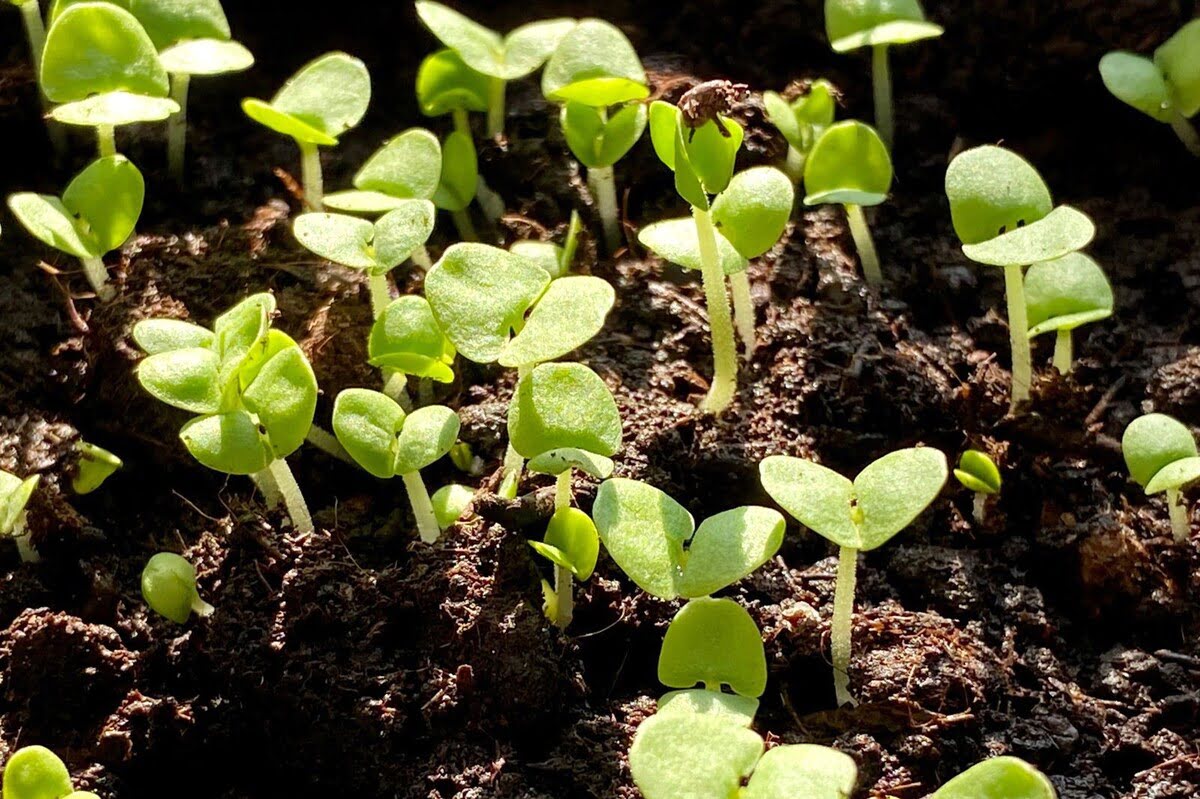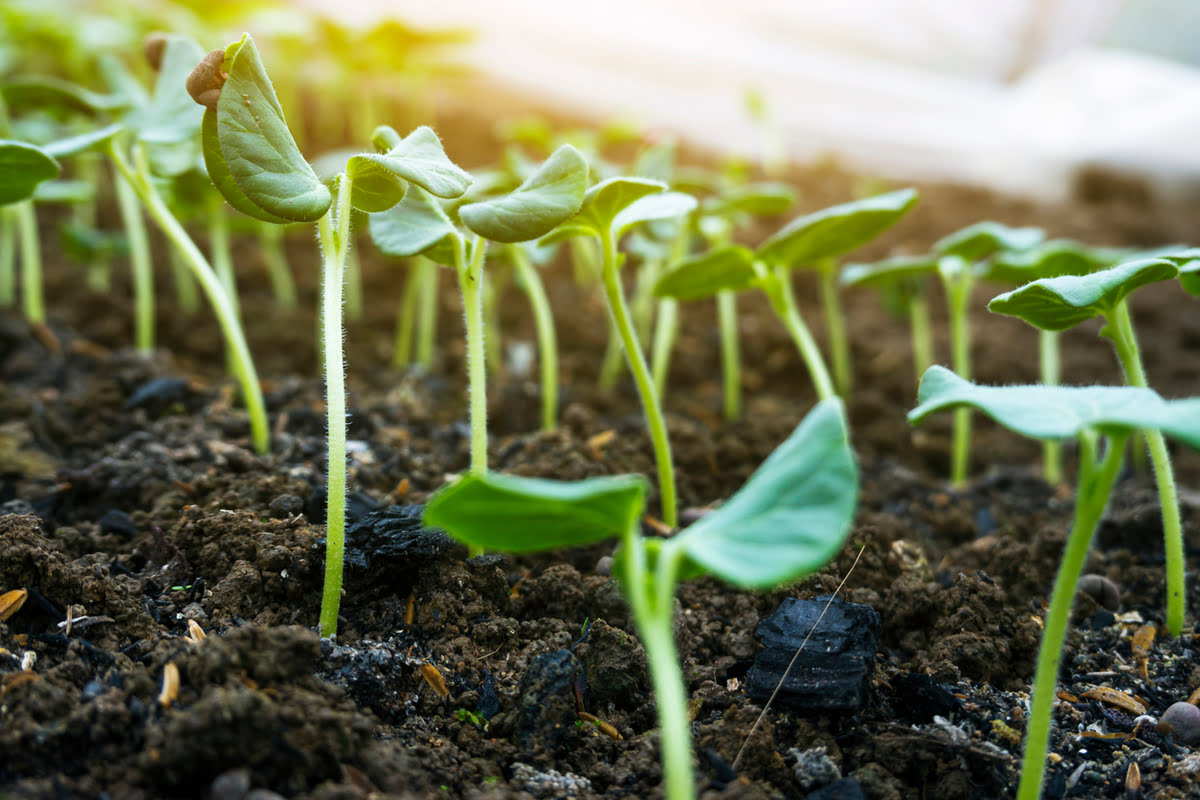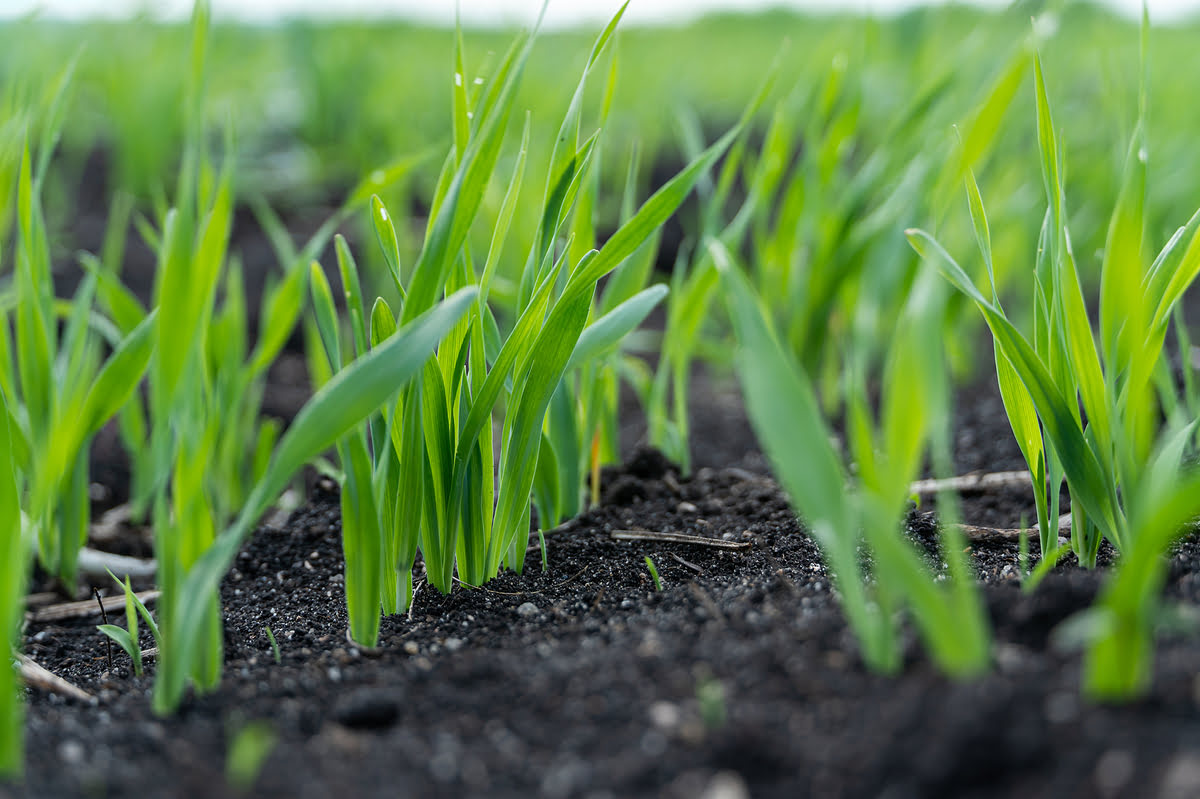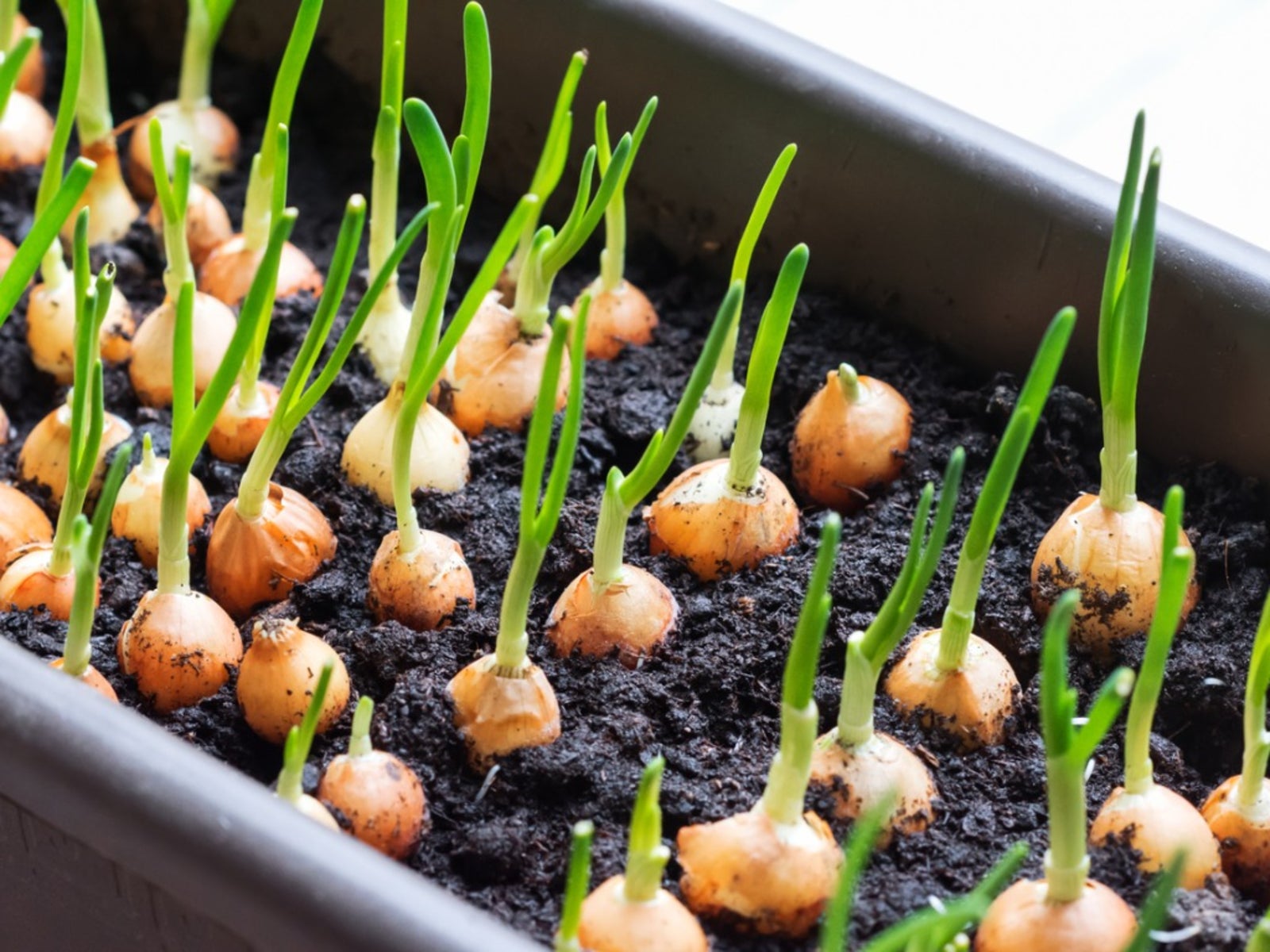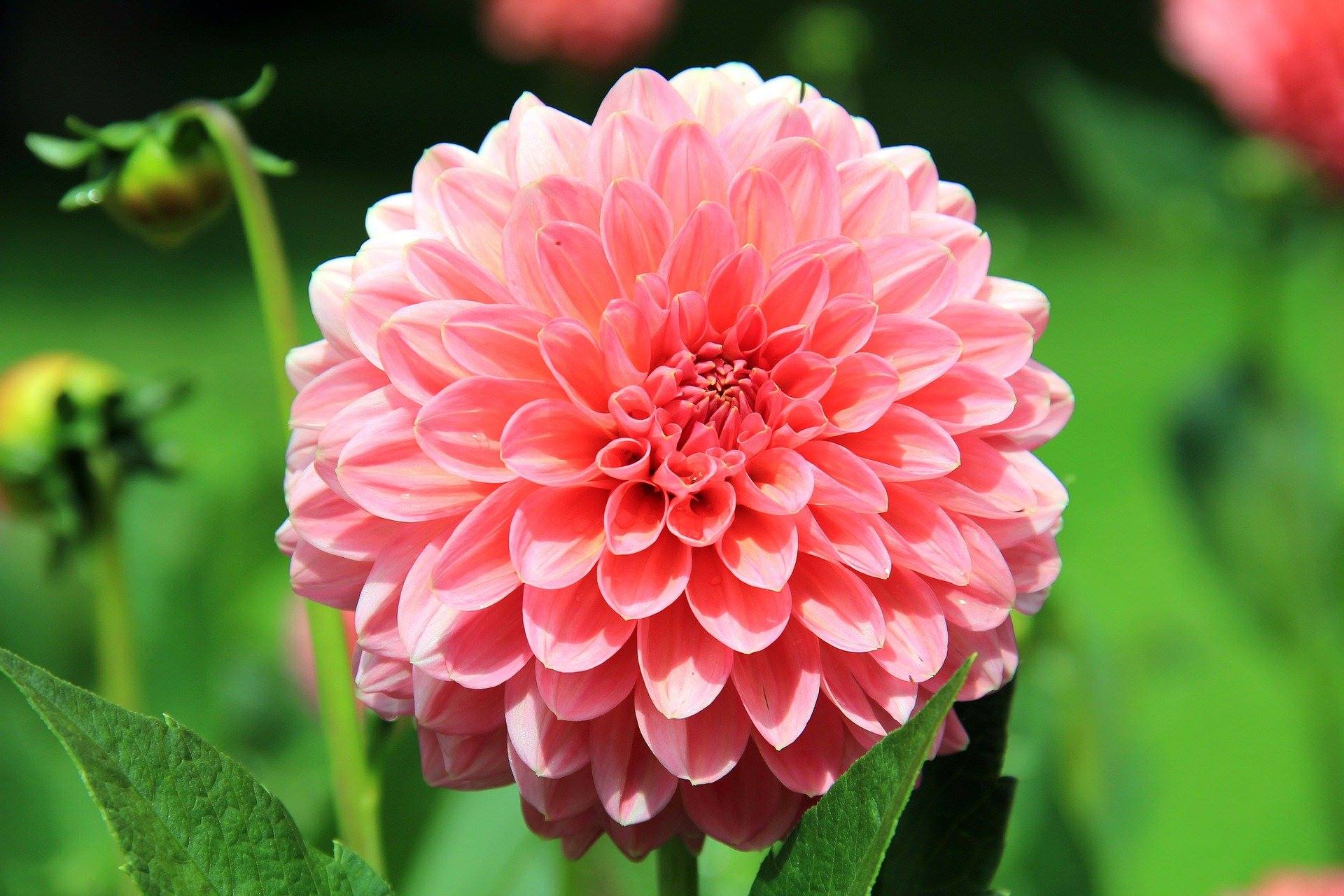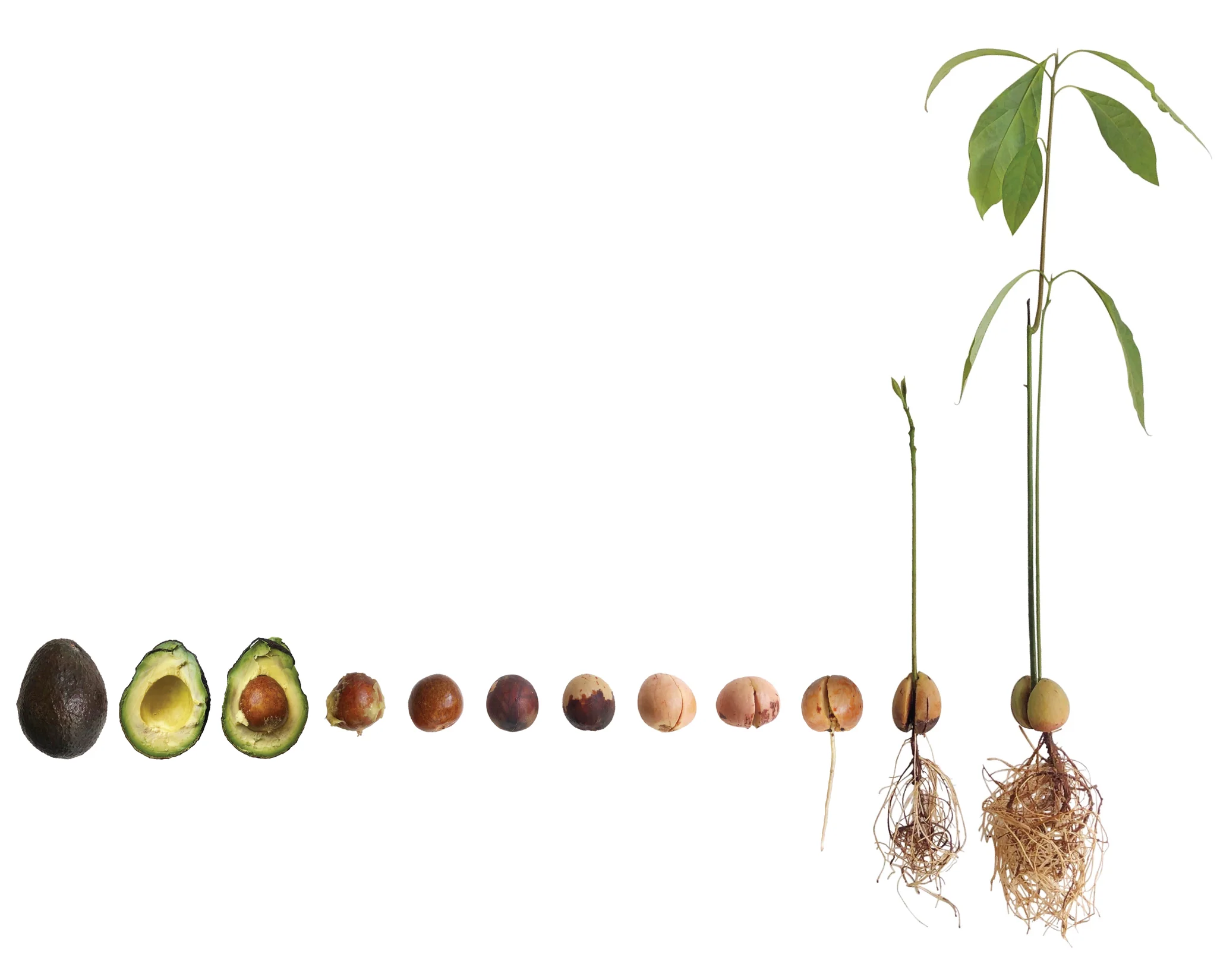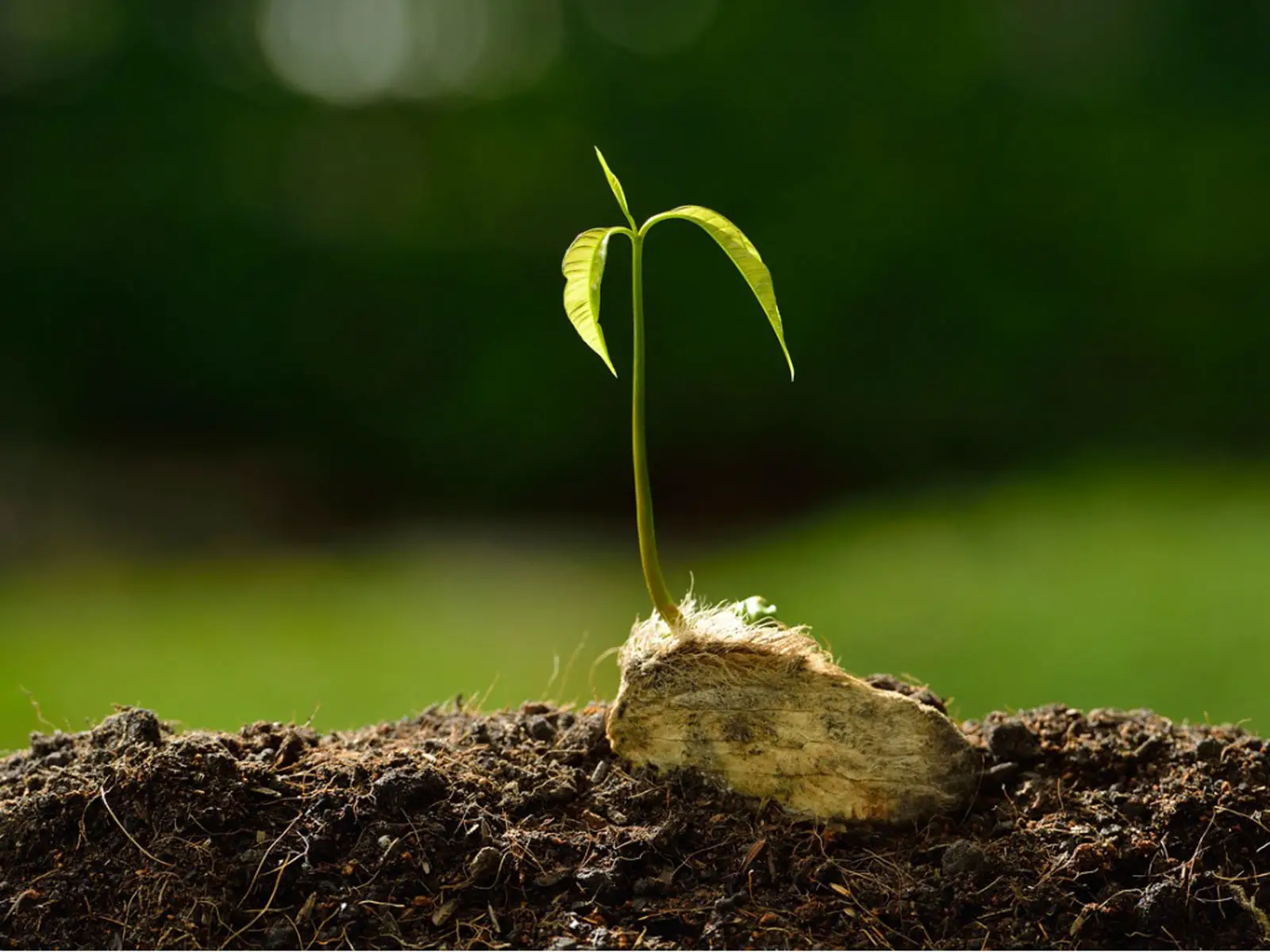Home>Gardening Techniques>Plant Care>How To Plant Brussels Sprout Seedlings
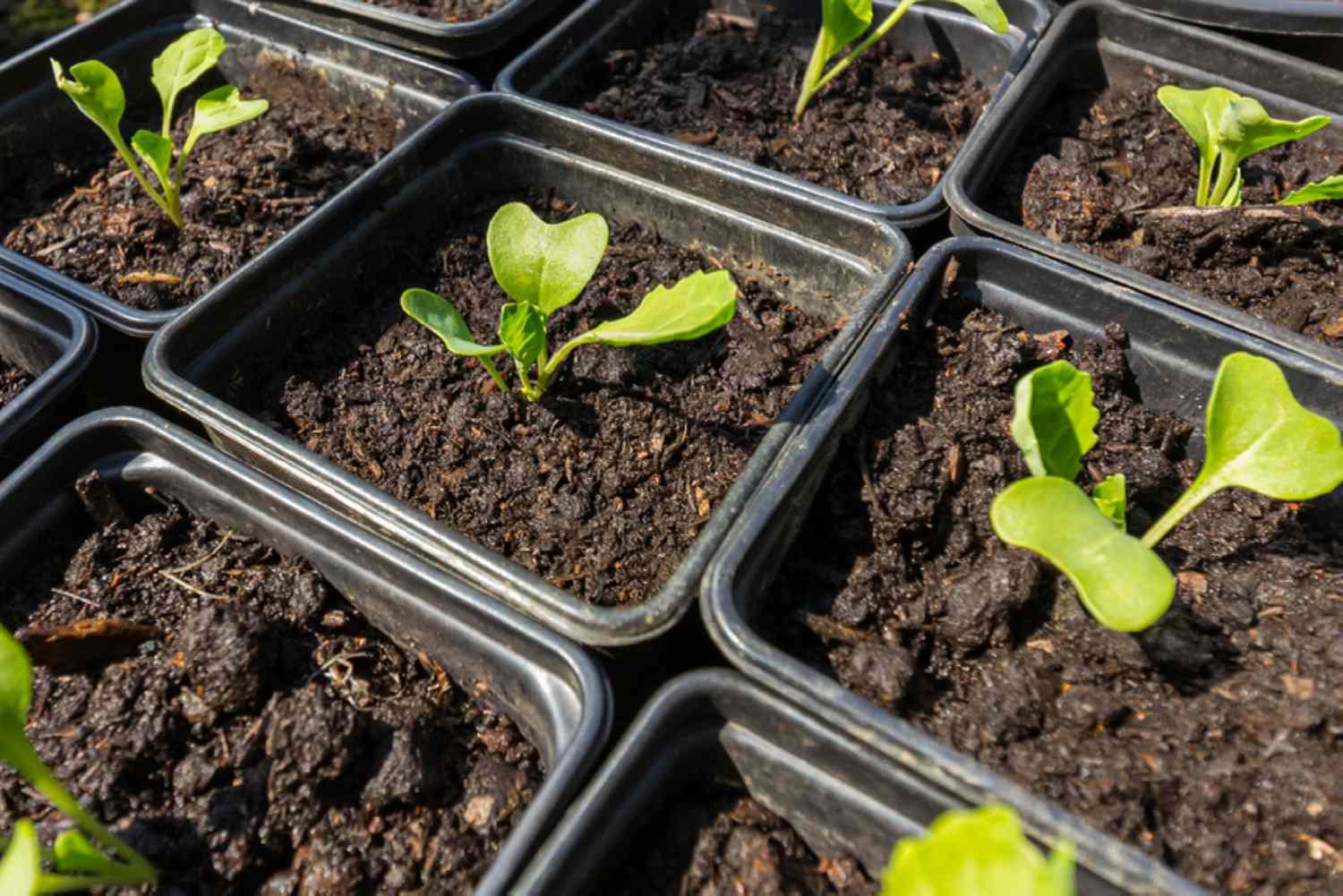

Plant Care
How To Plant Brussels Sprout Seedlings
Published: January 3, 2024
Learn how to properly plant Brussels sprout seedlings with our comprehensive guide. Discover essential plant care tips for healthy growth and abundant harvests.
(Many of the links in this article redirect to a specific reviewed product. Your purchase of these products through affiliate links helps to generate commission for Chicagolandgardening.com, at no extra cost. Learn more)
Table of Contents
Introduction
So, you"ve decided to try your hand at growing Brussels sprouts. Congratulations! These nutritious and delicious vegetables are a wonderful addition to any garden. Whether you"re a seasoned gardener or a newbie with a green thumb, successfully growing Brussels sprout seedlings can be a rewarding experience. In this comprehensive guide, we"ll walk you through the process of planting and caring for Brussels sprout seedlings, from selecting the right seedlings to harvesting your bountiful crop.
Brussels sprouts, known scientifically as Brassica oleracea var. gemmifera, are a member of the cabbage family. They produce small, compact heads, or "sprouts," along the stem, and they thrive in cool weather. With the right care and attention, you can enjoy a plentiful harvest of these miniature cabbages that are packed with flavor and nutrients.
Whether you"re planning to grow Brussels sprouts in a garden bed, raised bed, or container, understanding the key steps involved in nurturing healthy seedlings is essential for success. From choosing the right seedlings to providing optimal growing conditions, we"ll cover everything you need to know to ensure that your Brussels sprout plants flourish.
So, roll up your sleeves, grab your gardening tools, and let"s dive into the fascinating world of Brussels sprout cultivation. With a little patience and a lot of love for your plants, you"ll soon be savoring the satisfaction of homegrown Brussels sprouts on your dinner table. Let"s get started!
Choosing the Right Seedlings
When it comes to growing Brussels sprouts, selecting healthy seedlings is the first crucial step toward a thriving harvest. Whether you opt for purchasing seedlings from a nursery or starting from seeds, there are several factors to consider to ensure that you choose the best candidates for your garden.
First and foremost, look for seedlings that exhibit vibrant green leaves and sturdy stems. Avoid plants that appear leggy or have yellowing leaves, as these may indicate poor health or inadequate growing conditions. Additionally, inspect the roots of the seedlings to ensure they are well-developed and not root-bound, as this can hinder their growth once transplanted.
Consider the age of the seedlings as well. While older, more mature seedlings may seem advantageous, younger plants often adapt more readily to transplanting and establish themselves more effectively in their new environment. Look for seedlings that are around 6-8 weeks old, as they strike a balance between being robust enough to thrive and young enough to adapt well to transplanting.
Furthermore, it is advisable to choose disease-resistant varieties of Brussels sprouts to minimize the risk of common plant ailments. Varieties such as "Jade Cross" and "Churchill" are known for their resistance to certain diseases, offering added protection to your crop.
Lastly, consider the climate and growing conditions in your area when selecting your seedlings. If you live in a region with a short growing season, choose early-maturing varieties to ensure a successful harvest before the arrival of frost. Conversely, if you have a longer growing season, you can opt for mid or late-season varieties to stagger your harvest and enjoy a prolonged supply of fresh Brussels sprouts.
By carefully choosing the right Brussels sprout seedlings, you lay a solid foundation for a thriving garden. With healthy, vigorous plants at the outset, you set the stage for a successful growing season and a bountiful Brussels sprout yield.
Preparing the Planting Site
Before transplanting your Brussels sprout seedlings, it is essential to prepare a suitable planting site that provides the optimal growing conditions for these cool-weather vegetables. Brussels sprouts thrive in well-drained, fertile soil and require ample sunlight to develop into robust plants with abundant yields. Here are the key steps to prepare the ideal planting site for your Brussels sprout seedlings:
- Soil Preparation: Start by testing the soil in your chosen planting area to assess its pH and nutrient levels. Brussels sprouts prefer slightly acidic soil with a pH range of 6.0 to 7.5. Amend the soil as needed by incorporating organic matter, such as compost or well-rotted manure, to improve its fertility and structure. This enriches the soil with essential nutrients and enhances its ability to retain moisture, promoting healthy plant growth.
- Sunlight and Spacing: Select a location that receives full sun, as Brussels sprouts thrive in at least 6-8 hours of direct sunlight daily. Ensure that the planting site offers sufficient space for the mature plants, as Brussels sprouts require adequate airflow to minimize the risk of disease and promote strong growth. Space the seedlings approximately 24-36 inches apart in rows, allowing ample room for the plants to reach their full size.
- Protection from Wind: While ample airflow is beneficial, it is important to shield young seedlings from strong winds that can cause damage or stunted growth. Choose a planting site that offers some protection from harsh winds, such as positioning the garden bed near a fence or using temporary windbreaks to shield the tender seedlings until they become established.
- Support Structures: Brussels sprouts benefit from sturdy support as they grow, especially when bearing the weight of mature heads. Consider installing stakes or cages to provide support for the plants as they develop, preventing the stems from bending or breaking under the weight of the sprouts.
By meticulously preparing the planting site to meet the specific needs of Brussels sprouts, you create an environment conducive to healthy growth and abundant yields. Taking the time to ensure that the soil, sunlight, spacing, and protection measures are optimized sets the stage for successful cultivation and a plentiful harvest of delectable Brussels sprouts.
Planting the Seedlings
Now that you have selected the finest Brussels sprout seedlings and prepared the ideal planting site, it’s time to transplant the seedlings into their new home. Follow these essential steps to ensure a smooth and successful planting process:
- Timing: Plant Brussels sprout seedlings in the garden approximately 2-3 weeks before the last expected frost date in your area. This timing allows the young plants to establish themselves before the onset of warmer weather, ensuring robust growth and a bountiful harvest.
- Transplanting: Prior to transplanting, water the seedlings thoroughly to hydrate the roots and facilitate their removal from their containers. Carefully remove the seedlings from their pots, taking care not to damage the delicate roots. Gently tease apart any tangled roots to encourage healthy growth once planted in the garden.
- Planting Depth: Dig holes in the prepared soil that are slightly deeper than the root balls of the seedlings. Place the seedlings in the holes, ensuring that the soil level around the stems matches the level of the soil in their containers. Firmly press the soil around the seedlings to eliminate air pockets and provide stability.
- Watering and Mulching: After planting, water the seedlings generously to settle the soil around the roots and provide essential moisture. Apply a layer of organic mulch, such as straw or shredded leaves, around the base of the plants to conserve moisture, suppress weed growth, and maintain a consistent soil temperature.
- Protection from Pests: Implement measures to protect the tender seedlings from common garden pests, such as cabbage worms and aphids. Consider using floating row covers or organic insecticidal sprays to safeguard the young plants from potential damage while they acclimate to their new environment.
By following these steps, you ensure that your Brussels sprout seedlings are planted with care and precision, setting the stage for healthy growth and a promising harvest. With the seedlings securely nestled in their new home and provided with the essential elements for thriving, you can look forward to watching them flourish into robust, productive plants.
Caring for Brussels Sprout Seedlings
Once your Brussels sprout seedlings are snugly nestled in the garden, diligent care and attention are essential to nurture them into thriving plants that yield a plentiful harvest. From providing adequate water and nutrients to safeguarding the plants from pests and diseases, here are the key aspects of caring for your Brussels sprout seedlings:
- Watering: Consistent moisture is crucial for the optimal growth of Brussels sprouts. Water the plants deeply and regularly, ensuring that the soil remains consistently moist but not waterlogged. During dry spells, increase the frequency of watering to prevent the soil from drying out, which can stress the plants and affect their development.
- Fertilization: Brussels sprouts benefit from regular feeding to support their growth and the development of flavorful sprouts. Apply a balanced fertilizer, such as a 10-10-10 formulation, every 3-4 weeks to provide the plants with essential nutrients. Alternatively, amend the soil with compost or well-rotted manure to enrich its fertility and promote robust growth.
- Weeding and Mulching: Keep the area around the Brussels sprout plants free of weeds, as these can compete for nutrients and moisture. Apply a generous layer of organic mulch, such as straw or shredded leaves, around the plants to suppress weed growth, retain soil moisture, and maintain a consistent soil temperature, which is especially beneficial during fluctuating weather conditions.
- Support and Pruning: As the Brussels sprout plants grow, they may benefit from additional support to prevent the stems from bending under the weight of the developing sprouts. Install stakes or cages to provide sturdy support for the plants. Additionally, remove any yellowing or damaged leaves to promote airflow and reduce the risk of disease.
- Pest and Disease Management: Monitor the plants regularly for signs of common pests, including cabbage worms, aphids, and caterpillars. Implement organic pest control measures, such as handpicking pests, applying insecticidal soaps, or using natural predators like ladybugs to keep pest populations in check. Additionally, be vigilant for signs of diseases such as clubroot and downy mildew, and promptly address any issues to prevent their spread.
By tending to the needs of your Brussels sprout seedlings with attentive care and implementing proactive measures to promote their health and vigor, you set the stage for a successful growing season and a rewarding harvest. With a nurturing touch and a watchful eye, you can look forward to savoring the delectable rewards of your labor as the Brussels sprout plants mature and yield their flavorful bounty.
Harvesting Brussels Sprouts
As the growing season progresses, your Brussels sprout plants will flourish and develop the compact, flavorful sprouts that are eagerly anticipated. Harvesting Brussels sprouts at the right time is crucial to ensure that they reach their peak flavor and texture. Here are the essential guidelines for harvesting your Brussels sprouts:
- Timing: Brussels sprouts are typically ready for harvest 90-100 days after transplanting. The sprouts appear in the leaf axils along the main stem, starting from the lower portion of the plant and progressing upward. Begin harvesting the lower sprouts once they reach a firm, compact size, typically around 1-2 inches in diameter, and continue upward as the sprouts mature.
- Harvesting Technique: To harvest Brussels sprouts, use a sharp knife or pruning shears to cut the sprouts from the stem, leaving a short portion of the stem attached to each sprout. Harvest the sprouts from the bottom of the plant first, working your way upward as the upper sprouts reach maturity. Avoid twisting or pulling the sprouts, as this can damage the plant.
- Continual Harvest: Brussels sprout plants often produce a bountiful supply of sprouts over an extended period, especially if the lower leaves are periodically removed to allow the upper sprouts to receive more sunlight and reach maturity. Harvest the sprouts as needed, ensuring that they are firm, vibrant, and flavorful.
- Cold Tolerance: One of the remarkable qualities of Brussels sprouts is their ability to withstand light frosts, which can actually enhance their flavor. In regions with mild winters, you can continue harvesting Brussels sprouts well into the winter months, as long as the plants are adequately protected from severe frost.
- Post-Harvest Storage: After harvesting, promptly refrigerate the Brussels sprouts to preserve their freshness and flavor. Store the sprouts in a perforated plastic bag in the refrigerator’s crisper drawer, where they can remain fresh for up to two weeks. Alternatively, blanch and freeze the sprouts to enjoy a supply of homegrown Brussels sprouts throughout the year.
By following these guidelines, you can ensure that your Brussels sprouts are harvested at their peak, delivering delectable flavor and satisfying texture. With careful attention to the timing of the harvest and the proper techniques for gathering the sprouts, you can enjoy the abundant rewards of your Brussels sprout plants and savor the wholesome goodness of homegrown produce.
